How to Clean Algae from Roof | Methods and Preventive Measures
Algae growth on roofs is a common issue faced by homeowners. When your roof becomes a breeding ground for algae, it can not only diminish the aesthetic appeal of your home but also cause potential damage. Algae, typically in the form of dark streaks or green patches, thrive in damp and shaded areas. They feed on moisture and organic debris, which can accumulate over time on the roof’s surface. In this article we will review how to clean algae from your roof and identifying signs of algae.
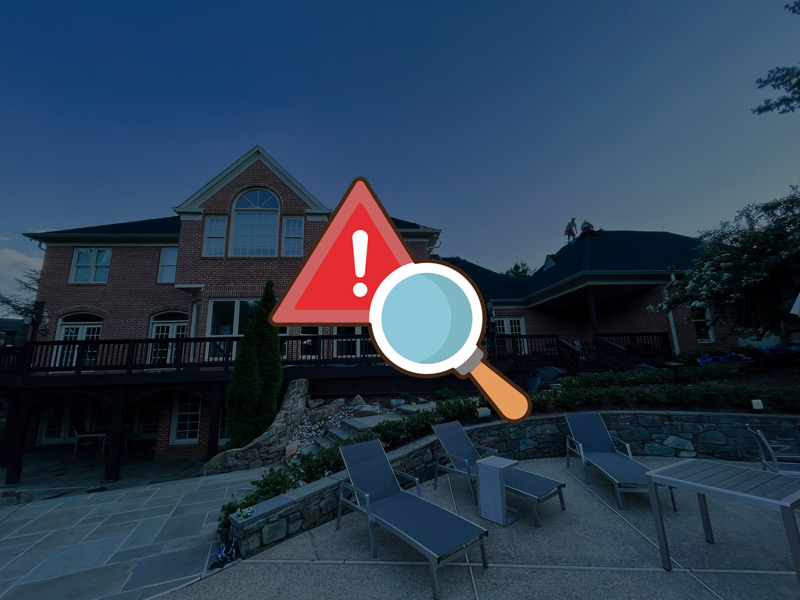
Identifying Algae Growth
Visual signs of algae on roofs
When inspecting your roof, it’s essential to be able to identify the visual signs of algae growth. Algae typically manifest as dark streaks or green patches on the roof’s surface. These areas often appear slimy or slippery when touched. You may notice that the algae growth is more prominent on the north-facing or shaded sections of the roof where moisture tends to linger. Keep an eye out for any discoloration that doesn’t match the rest of the roof.
Differentiating algae from other common roof issues
It’s important to differentiate algae growth from other common roof issues to accurately address the problem. Sometimes, mold, mildew, moss, or lichen can be mistaken for algae. To differentiate, remember that algae are usually green and have a slimy texture. Mold and mildew, on the other hand, can appear black, brown, or green and often have a fuzzy or powdery texture. Moss and lichen are plant-like organisms that can create a thicker layer and have a more three-dimensional appearance.
Potential risks and damages associated with algae growth
Although algae may seem harmless at first, allowing it to thrive on your roof can lead to various risks and damages. As algae retain moisture, they can contribute to the deterioration of roofing materials over time. This moisture retention can create a breeding ground for moss and lichen, which further exacerbate the problem. As these organisms penetrate the protective layers of your roof, they can cause leaks, rotting, and even compromise the structural integrity of your roof. Additionally, the unsightly appearance of an algae-covered roof can diminish your home’s curb appeal, making it less attractive to potential buyers.
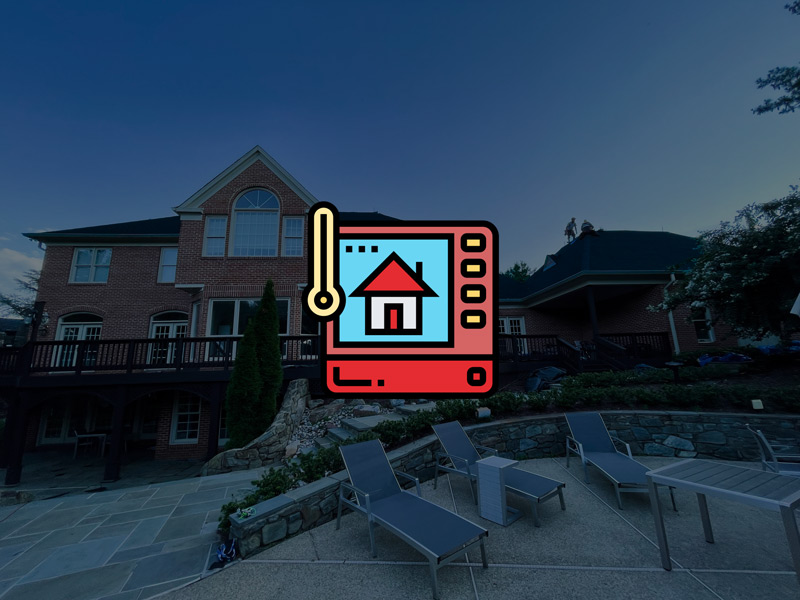
Causes of Algae Growth
Environmental factors conducive to algae development
Algae growth on roofs is influenced by several environmental factors. Moisture is a primary contributor to algae development, as it provides the necessary conditions for their growth. Additionally, organic debris, such as leaves or dirt, can accumulate on the roof’s surface, creating an ideal environment for algae to thrive. These factors, combined with the presence of sunlight, create a favorable habitat for algae growth.
Impact of climate, humidity, and shade on algae growth
Climate and humidity play significant roles in the prevalence of algae on roofs. Areas with high humidity levels, especially those prone to frequent rain or experiencing long periods of shade, provide the ideal conditions for algae to multiply. In such environments, the roof retains moisture for extended periods, promoting the growth of algae. Additionally, regions with warm temperatures create a more conducive environment for algae proliferation. Shade can also contribute to algae growth as it reduces sunlight exposure on the roof’s surface. Areas shaded by nearby trees or structures tend to retain moisture for longer durations, creating an environment that promotes algae development. The limited sunlight hinders the natural drying process, allowing algae to thrive and multiply.
Role of roofing materials and their susceptibility to algae
The type of roofing material used can impact the susceptibility to algae growth. Certain materials, such as asphalt shingles, are more prone to algae infestation compared to others. The granules on the surface of asphalt shingles provide an ideal habitat for algae to cling to and grow. While algae growth can occur on any roof material, it is more noticeable on lighter-colored roofs.
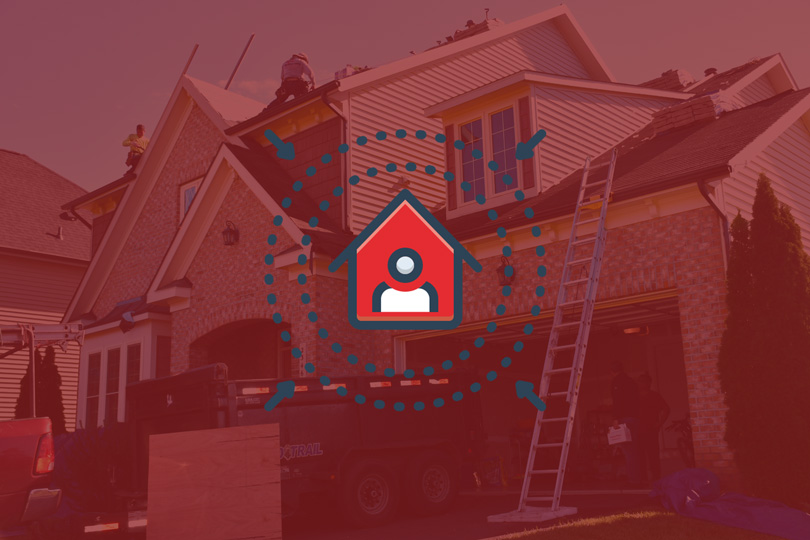
Preventive Measures
Regular roof inspections and maintenance
Regular roof inspections and maintenance are essential for preventing algae growth and maintaining a clean roof. Schedule inspections at least once a year, preferably before the rainy season or during spring cleaning. During inspections, check for any signs of algae growth or other roof issues. Promptly address any areas that require attention, such as cleaning or repairs. By being proactive, you can identify and mitigate potential problems before they worsen.
Strategies to minimize algae growth
To minimize algae growth on your roof, implementing certain strategies can be highly effective. Consider the following preventive measures:
- Pruning nearby trees for increased sunlight exposure: Trim overhanging branches or nearby trees that cast shade on your roof. Allowing more sunlight to reach the roof’s surface will help dry out any moisture and create an unfavorable environment for algae growth.
- Proper roof ventilation and circulation: Ensure that your roof has adequate ventilation and proper air circulation. Good airflow helps prevent moisture buildup, reducing the likelihood of algae growth. Consult with a professional roofer to assess and improve the ventilation system if needed.
- Zinc or copper strips as preventive measures: Installing zinc or copper strips along the ridge of your roof can serve as a preventive measure against algae growth. These metals release compounds that inhibit algae and moss formation. As rainwater runs over the strips, the dissolved compounds help prevent algae from taking hold.
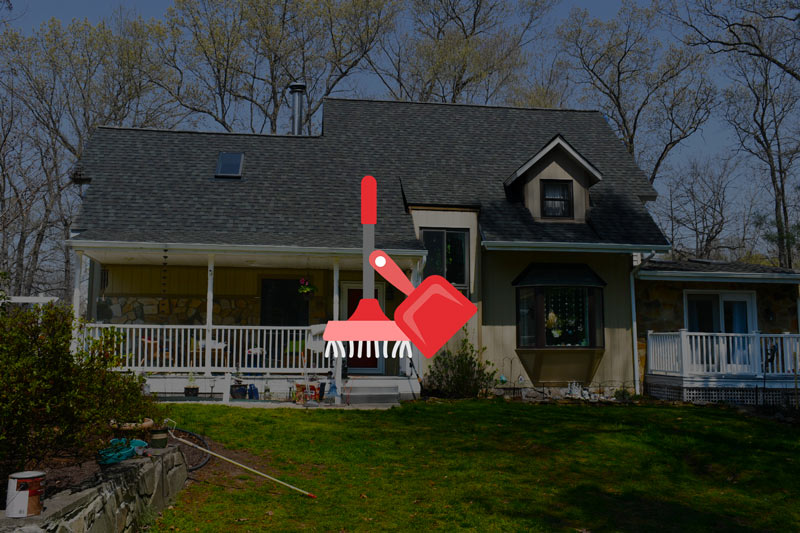
Cleaning Algae from the Roof
Safety precautions and necessary equipment
Before starting the process of cleaning algae from your roof, it is crucial to prioritize safety. Always ensure you have the necessary equipment and take the following precautions:
- Use proper safety gear: Wear non-slip shoes, gloves, safety goggles, and a protective mask to prevent accidents and exposure to potentially harmful chemicals.
- Secure the work area: Set up ladders or scaffolding securely and make sure the area is clear of obstacles. Inform others in your household about the cleaning process to prevent any accidents or interference.
- Consider professional help: If you have a steep or high roof, or if you are uncomfortable with heights, it’s advisable to hire a professional roofing contractor who specializes in algae cleaning.
Non-abrasive cleaning methods for algae removal
To effectively remove algae from your roof without causing damage, consider utilizing non-abrasive cleaning methods. Here are a few techniques to consider:
- Environmentally-friendly cleaning solutions: Opt for eco-friendly cleaning solutions that are safe for both your roof and the environment. These can include a mixture of water and mild household detergent, or specialized algae-cleaning products available in the market. Apply the solution using a low-pressure sprayer or a garden sprayer.
- Soft washing techniques and equipment: Soft washing involves using low-pressure water to gently clean the roof’s surface. This method is effective in removing algae without causing any damage. Use a soft wash system or a pressure washer with low-pressure nozzles to apply water and cleaning solution evenly across the roof.
- Manual scrubbing and rinsing: In cases where algae growth is more stubborn, manual scrubbing may be necessary. Use a soft-bristle brush or a long-handled scrubber to gently scrub the affected areas. After scrubbing, thoroughly rinse the roof with low-pressure water to remove any residue and ensure a clean surface.
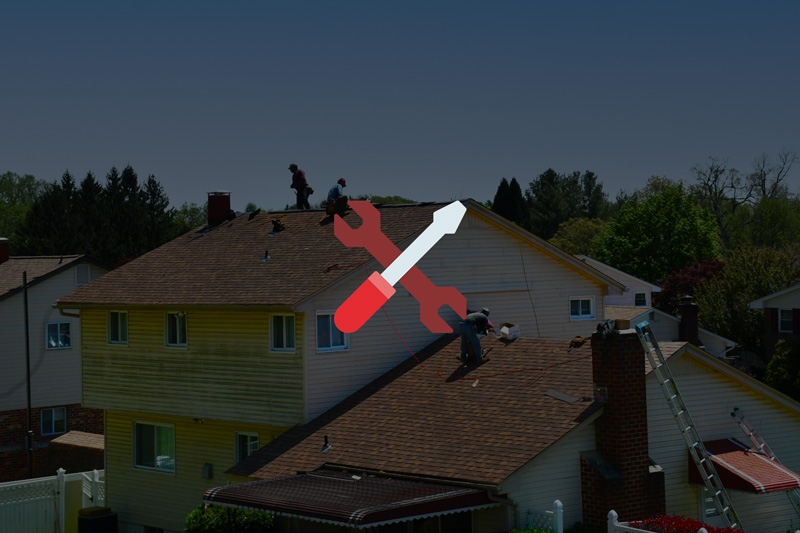
Post-Cleaning Maintenance
Application of anti-algae treatments
After cleaning the algae from your roof, it’s advisable to consider applying anti-algae treatments to prevent its reoccurrence. These treatments act as a protective barrier, inhibiting algae growth and extending the cleanliness of your roof. Look for algae-resistant products specifically designed for roofs, such as algae-resistant shingles or coatings. Follow the manufacturer’s instructions for application, ensuring even coverage across the entire roof surface.
Regular roof maintenance practices to prevent reoccurrence
To prevent algae from returning to your roof, regular maintenance is key. Incorporate the following practices into your routine:
- Keep gutters clean: Regularly remove debris, leaves, and any organic matter from your gutters to prevent water accumulation and potential algae growth.
- Trim overhanging branches: Trim branches that are close to or touching your roof. This minimizes shade and allows more sunlight to reach the roof, discouraging algae growth.
- Remove debris: Regularly sweep or blow off any leaves, twigs, or other debris that may accumulate on your roof. These can create a moist environment that promotes algae growth.
Tips for long-term algae prevention and roof preservation
To maintain a clean and algae-free roof in the long run, consider the following tips:
- Maintain proper roof ventilation: Ensure your roof has adequate ventilation to prevent excessive moisture buildup. Proper airflow helps keep the roof dry and reduces the conditions favorable for algae growth.
- Clean moss and lichen promptly: Moss and lichen can also take hold on roofs and may contribute to algae growth. Remove them promptly to prevent their spread and potential damage to the roof.
- Seek professional assistance when needed: If you notice persistent or severe algae growth on your roof, consult with a professional roofing contractor. They can provide expert advice, perform thorough cleaning, and recommend specialized treatments to address the issue effectively.
View More Articles
Please Share!











